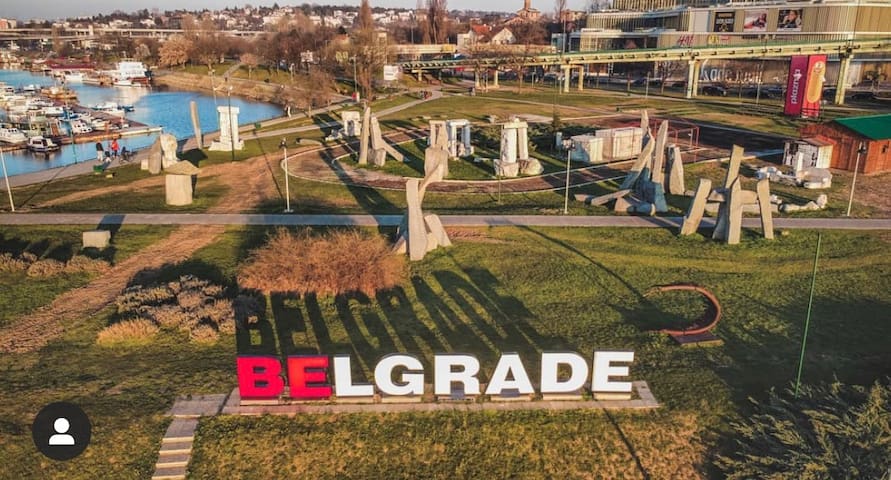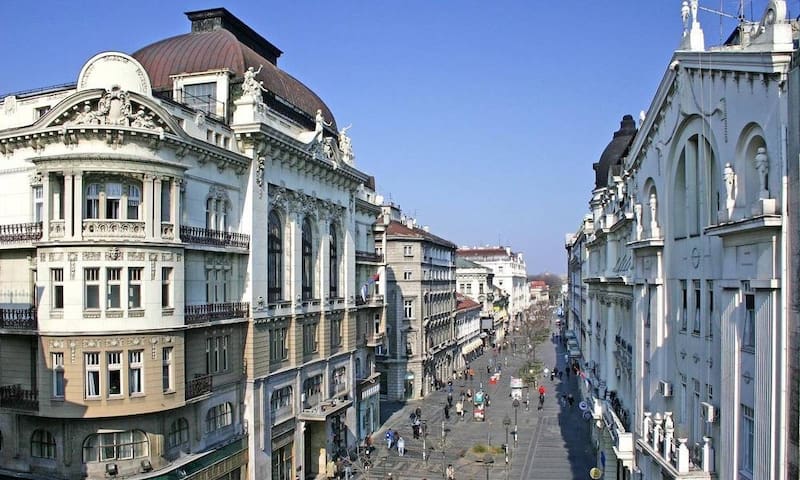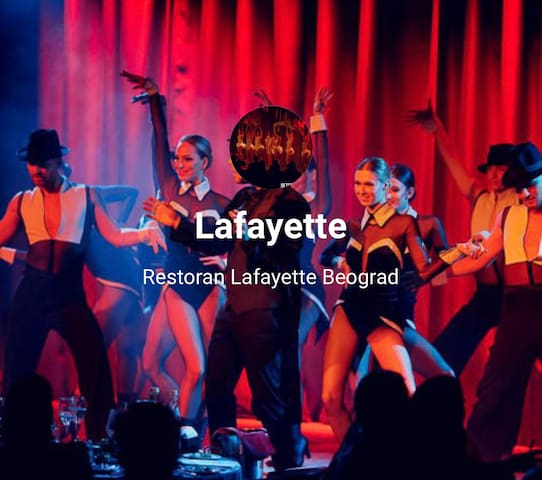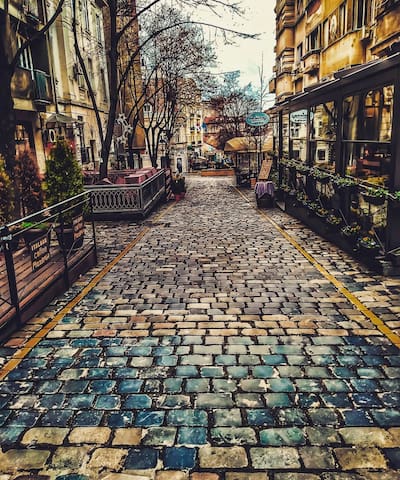Sightseeing
The Kalemegdan park is the largest park and the most important historical monument in Belgrade. Its name is formed from the two Turkish words: Kale (meaning "fortress") and archaic word of Turkish origin megdan (meaning "battlefield"). Kalemegdan Park, split in two as the Great and Little Parks, was developed in the area that once was the town field. It provides places of rest and entertainment. Belgrade Fortress and Kalemegdan Park together represent a cultural monument of exceptional importance (from 1979), the area where various sport, cultural and arts events take place, for all generations of Belgraders and numerous visitors of the city.
291 Recomendado por los habitantes de la zona
Kalemegdan Park
The Kalemegdan park is the largest park and the most important historical monument in Belgrade. Its name is formed from the two Turkish words: Kale (meaning "fortress") and archaic word of Turkish origin megdan (meaning "battlefield"). Kalemegdan Park, split in two as the Great and Little Parks, was developed in the area that once was the town field. It provides places of rest and entertainment. Belgrade Fortress and Kalemegdan Park together represent a cultural monument of exceptional importance (from 1979), the area where various sport, cultural and arts events take place, for all generations of Belgraders and numerous visitors of the city.
The Temple of Saint Sava is a Serbian Orthodox church which sits on the Vračar plateau in Belgrade, Serbia. It was planned as the bishopric seat and main cathedral of the Serbian Orthodox Church. The church is dedicated to Saint Sava, the founder of the Serbian Orthodox Church and an important figure in medieval Serbia. It is built on the presumed location of St. Sava's grave. His coffin had been moved from Mileševa Monastery to Belgrade. It was placed on a pyre and burnt in 1595 by Ottoman Grand Vizier Sinan Pasha.
423 Recomendado por los habitantes de la zona
Temple of Saint Sava
2a KrušedolskaThe Temple of Saint Sava is a Serbian Orthodox church which sits on the Vračar plateau in Belgrade, Serbia. It was planned as the bishopric seat and main cathedral of the Serbian Orthodox Church. The church is dedicated to Saint Sava, the founder of the Serbian Orthodox Church and an important figure in medieval Serbia. It is built on the presumed location of St. Sava's grave. His coffin had been moved from Mileševa Monastery to Belgrade. It was placed on a pyre and burnt in 1595 by Ottoman Grand Vizier Sinan Pasha.
Ada Ciganlija, colloquially shortened to Ada, is a river island that has artificially been turned into a peninsula, located in the Sava River's course through central Belgrade, Serbia. To take advantage of its central location, over the past few decades, it was turned into an immensely popular recreational zone, most notable for its beaches and sports facilities, which, during summer seasons, can have over 100,000 visitors daily and up to 300,000 visitors over the weekend. Owing to this popularity, Ada Ciganlija has been commonly nicknamed "More Beograda" ("Belgrade's Sea"), which was officially accepted as an advertising slogan in 2008, stylised as More BeogrADA.
345 Recomendado por los habitantes de la zona
Ada Ciganlija
Ada Ciganlija, colloquially shortened to Ada, is a river island that has artificially been turned into a peninsula, located in the Sava River's course through central Belgrade, Serbia. To take advantage of its central location, over the past few decades, it was turned into an immensely popular recreational zone, most notable for its beaches and sports facilities, which, during summer seasons, can have over 100,000 visitors daily and up to 300,000 visitors over the weekend. Owing to this popularity, Ada Ciganlija has been commonly nicknamed "More Beograda" ("Belgrade's Sea"), which was officially accepted as an advertising slogan in 2008, stylised as More BeogrADA.
Knez Mihailova Street is the main pedestrian and shopping zone in Belgrade, and is protected by law as one of the oldest and most valuable landmarks of the city. Named after Mihailo Obrenović III, Prince of Serbia, it features a number of buildings and mansions built during the late 1870s. One kilometer long Knez Mihailova Street was in 1979 included on the list of Spatial Cultural-Historical Units of Great Importance, and as such is protected by the Republic of Serbia.
265 Recomendado por los habitantes de la zona
Kneza Mihaila
Kneza MihailaKnez Mihailova Street is the main pedestrian and shopping zone in Belgrade, and is protected by law as one of the oldest and most valuable landmarks of the city. Named after Mihailo Obrenović III, Prince of Serbia, it features a number of buildings and mansions built during the late 1870s. One kilometer long Knez Mihailova Street was in 1979 included on the list of Spatial Cultural-Historical Units of Great Importance, and as such is protected by the Republic of Serbia.
Food scene
If you want to have fun, eat good and enjoy, you should definitely visit Beton hala and its’ amazing restaurants and clubs.
96 Recomendado por los habitantes de la zona
Beton Hala
2 KarađorđevaIf you want to have fun, eat good and enjoy, you should definitely visit Beton hala and its’ amazing restaurants and clubs.
Skadarlija is a vintage street, an urban neighborhood and former municipality of Belgrade, Serbia. It is located in the Belgrade municipality of Stari Grad (Old Town). Skadarlija partially preserved the ambience of the traditional urban architecture, including its archaic urban organization, and is known as the main bohemian quarter of Belgrade, similar to Paris' Montmartre. After Kalemegdan, Skadarlija is the second most visited tourist attraction in Belgrade, contributing to one third of the city's foreign currency income.
596 Recomendado por los habitantes de la zona
Skadarlija
24 SkadarskaSkadarlija is a vintage street, an urban neighborhood and former municipality of Belgrade, Serbia. It is located in the Belgrade municipality of Stari Grad (Old Town). Skadarlija partially preserved the ambience of the traditional urban architecture, including its archaic urban organization, and is known as the main bohemian quarter of Belgrade, similar to Paris' Montmartre. After Kalemegdan, Skadarlija is the second most visited tourist attraction in Belgrade, contributing to one third of the city's foreign currency income.




